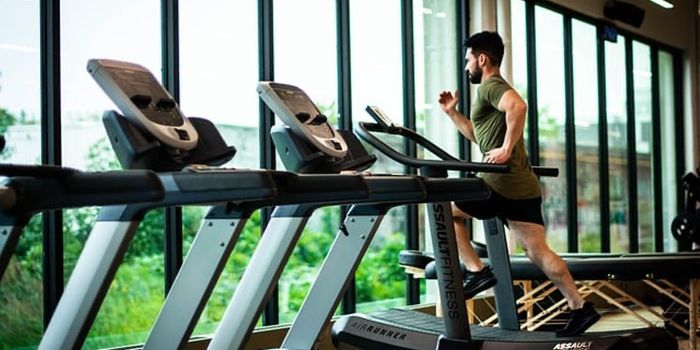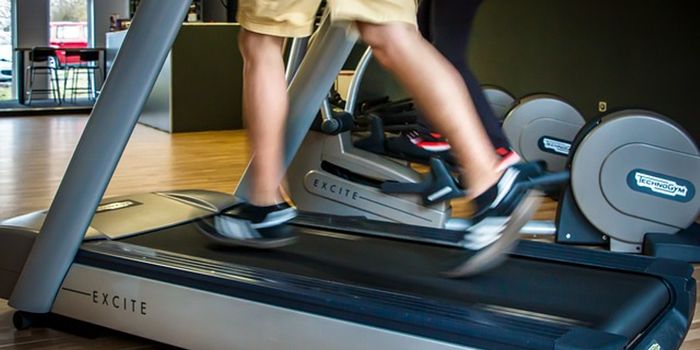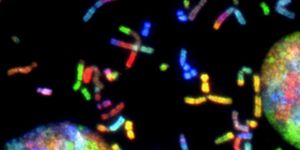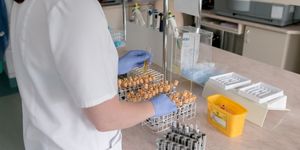A Breakthrough in Using Human Cells to 3D Print a Heart Pump
Scientists have made a breakthrough in the use of human muscle cells to 3D print a small heart pump. Researchers have known how to use genetic manipulation to reprogram adult cells so they will become pluripotent stem cells, a kind of blank slate that was used in this work to create heart cells called cardiomyocytes. It had been hoped that a 3D printer could use cardiomyocytes to engineer structures for treating heart disease. However, researchers had not been able to generate a structure that was dense enough to function like a heart.
At the University of Minnesota, scientists reversed previous methods; reporting in Circulation Research, it worked.
"At first, we tried 3D printing cardiomyocytes, and we failed, too. So with our team's expertise in stem cell research and 3D printing, we decided to try a new approach. We optimized the specialized ink made from extracellular matrix proteins, combined the ink with human stem cells and used the ink-plus-cells to 3D print the chambered structure," explained Brenda Ogle, the lead study researcher and head of the Department of Biomedical Engineering in the University of Minnesota College of Science and Engineering. "The stem cells were expanded to high cell densities in the structure first, and then we differentiated them to the heart muscle cells."
The scientists were able to print a structure with a high enough density to trigger contractions, seen in the video.
"After years of research, we were ready to give up and then two of my biomedical engineering Ph.D. students, Molly Kupfer and Wei-Han Lin, suggested we try printing the stem cells first," said Ogle, who also serves as director of the University of Minnesota's Stem Cell Institute. "We decided to give it one last try. I couldn't believe it when we looked at the dish in the lab and saw the whole thing contracting spontaneously and synchronously and able to move fluid."
This study has also demonstrated that there is a way to print heart muscle cells that gets them to organize and work in unison. It may be that because the cells differentiated in the structure together, similar to the way they would in the body, there was more cohesion. The structure that is produced is like a sac that has an inlet and outlet for fluid, explained Ogle. It may help scientists learn more about measuring how blood is moved in the body.
"We now have a model to track and trace what is happening at the cell and molecular level in pump structure that begins to approximate the human heart," Ogle said. "We can introduce disease and damage into the model and then study the effects of medicines and other therapeutics."
The model was made to fit in the abdominal cavity of a mouse, and is around 1.5 centimeters long.
"All of this seems like a simple concept, but how you achieve this is quite complex. We see the potential and think that our new discovery could have a transformative effect on heart research," Ogle said.
Sources: Science Daily via University of Minnesota, Circulation Research








